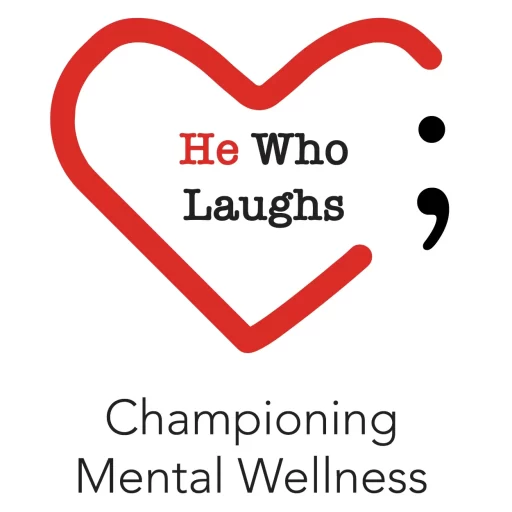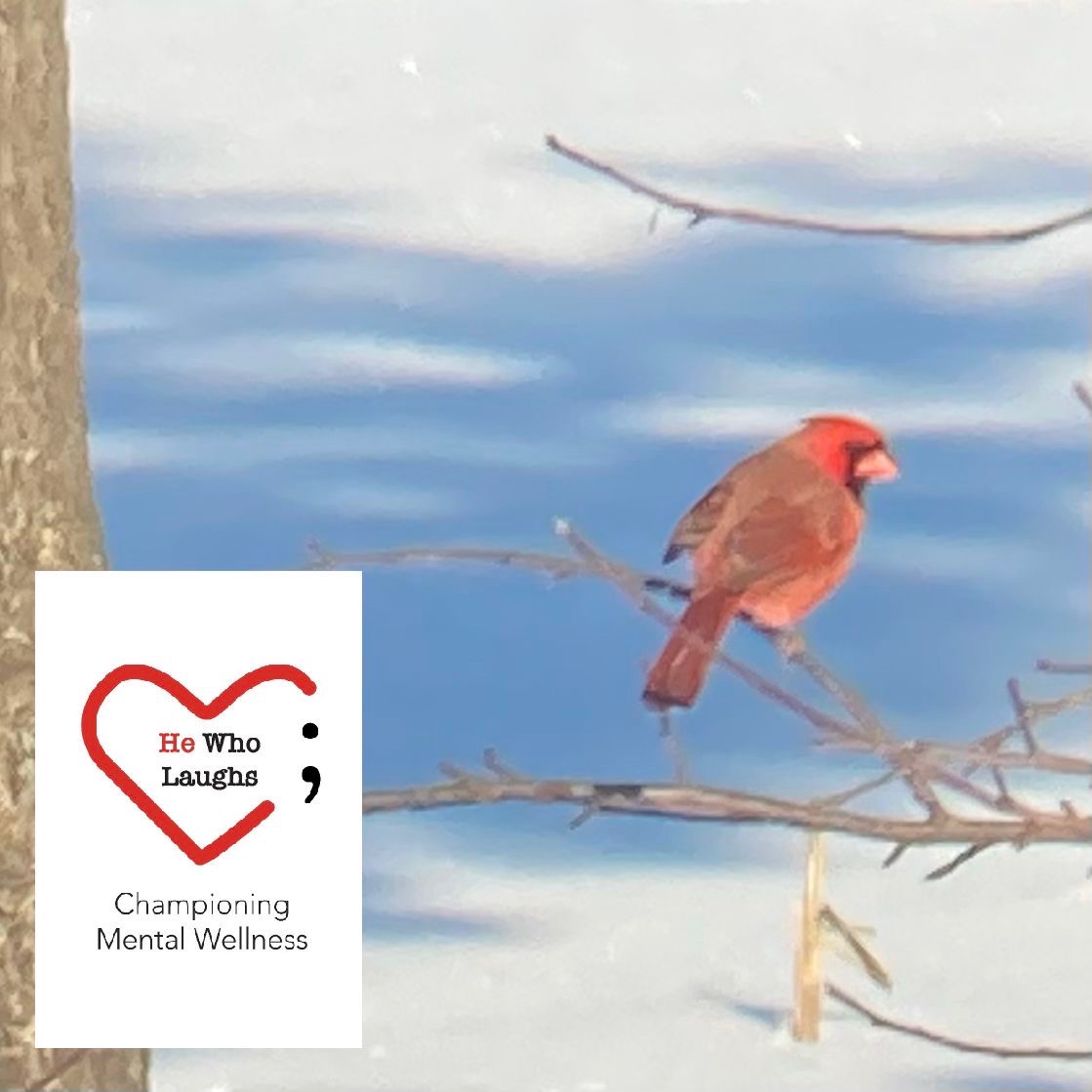Suicide Facts
In 2019 it was shared that a slight decrease was noted on the war against suicide rates. For a brief moment there was hope that the current strategies to decrease suicide rates was working. No sooner was there a glimmer of hope, then Covid arrived on the scene changing life as we knew it.
The hardship and truth of tracking suicide rates in general is complicated. The bottom line is no matter what statistic we see, that number is influenced by the accuracy of information reported and what is also not reported. Simply put, suicide has a stigma, as does mental health, and until we begin to dissolve those barriers, it is strongly encouraged to take a hard look at the numbers and information being reported to fully understand the the true nature of this public health concern.
● An estimated 703,000 people die by suicide each year
● The global suicide rate is over “twice as high” for men than women
● Over half (58%) of suicide deaths were before the age of 50 years old
● Individuals with depression are 20x more likely to die by suicide than someone who does not have the disorder.
When we go from global statistics to the United States, AFSP (2020) shares that:
● Suicide is the 12th leading cause of death in the US
● 3rd leading cause of death in Ohio for ages 10-24
● 45,979 Americans died by suicide
● Estimated 1.2 million suicide attempts were reported
● 55% of all suicides were by firearms
The Ohio Suicide Prevention Foundation reports the following on Ohio suicide statistics:
● 230 veterans died in 2020 from suicide
● Suicide is the leading cause of death for individuals aged 10-14 years
The CDC’s Youth Risk Behavior Survey published in February 2023 indicates that 1 in 3 high school girls have considered suicide. It is also shared in the survey that 57% of teen girls are reporting feelings of persistent sadness or hopelessness. The same survey indicates that 14% of high school boys have contemplated suicide. That is a 13% increase since 2011 for boys. Suicide doesn’t just impact those directly related to the loss; it also impacts our communities. Suicide can be preventable, but it takes all of us to make a difference.
Knowing the warning signs of suicide, where to turn for support, normalizing conversations around not being okay and understanding how medical conditions can impact our mental wellness is our call to action.
Click HERE for more information on suicide-related resources.


